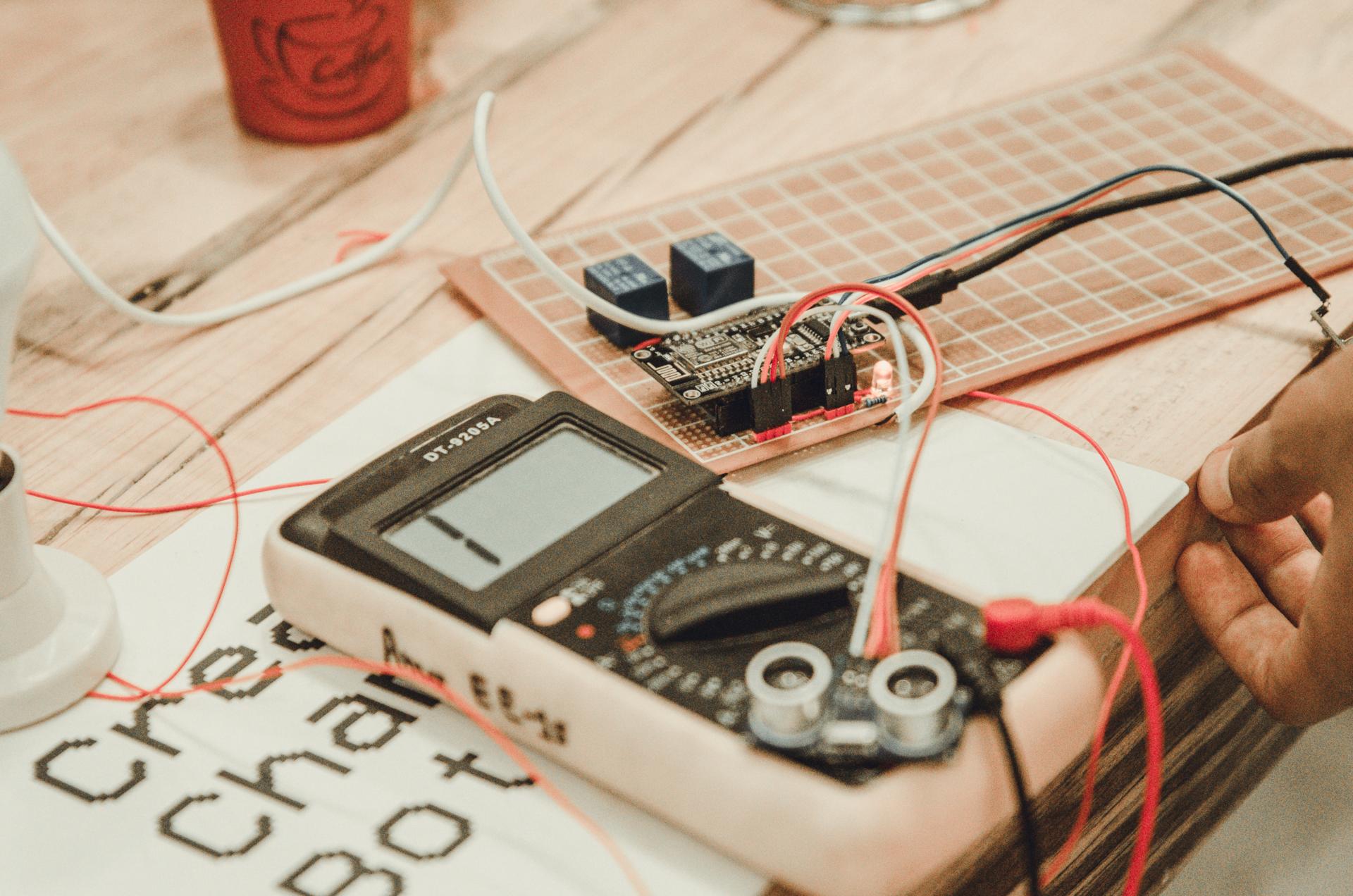Don't Risk Your Security: Follow These Steps to Conduct an Electrical Safety Test at Home.

In terms of security in your home, one of the most important aspects to be considered is the safety of electrical wiring. Testing for electrical safety is the process of checking the electrical system in your home to make sure it’s safe and up-to-code. In this article we’ll provide the basics of what the electrical safety tests are, what equipment will be required to conduct them, how to carry out the tests and what warning signs you should look out for.
What is an Electrical Safety Test?
A safety test for electrical appliances is the process of inspecting the electrical system within your home to verify that it’s safe and functioning properly. The importance of electrical safety tests is as they can in preventing electrical fires and electrical accidents and also ensure the long-term durability of your electrical system.
Equipment Required for an Electrical Safety Test
In order to conduct an electrical safety test, you’ll need a few essential tools. These include the voltage tester and a continuity tester circuit tester and an outlet tester. A voltage tester can look for live circuits while the continuity tester is used to check for damaged circuits. The circuit tester is utilized to look for wiring issues, and outlets testers are utilized to identify wiring issues at the outlets. It is essential to utilize these devices correctly to get accurate results.
How do you conduct an electrical Safety Test
To perform an electrical safety test inside your home take these steps:
Switch off the power source to the circuit you’re conducting tests on.
Use this voltage tester to check whether there are live circuits.
Use the continuity tester to look the integrity of your circuit.
Make use of the circuit tester to test for electrical faults.
Use the outlet tester to look for electrical problems in the outlets.
When testing, be sure to look for evidence of wear or damage on the wiring that could indicate broken or frayed wires burn marks, and loose wires. If you find any issues that need attention, you must address them as soon as possible to prevent potential hazards.
Signals of electrical problems to be Watchful For
There are many warning signs that could indicate electrical issues in your home. These include flickering lights and frequent circuit breaker trips noises that crackle or buzz emanating from outlets, outlet that are hot or discolored and a smell of burning. If you observe any warning signs, it’s important to act immediately to prevent any electrical dangers.
Conclusion
Electrical safety tests are crucial for ensuring your safety and family. Through regular testing and addressing any issues promptly to avoid any potential hazards to electrical equipment and extend the life of your electric system. If you need help with electrical testing or repairs do not hesitate to call Local Electrician Maroubra. Our knowledgeable team will offer you expert advice and support. Contact us at 1300 941 876 to schedule an appointment or request a quotation.
FAQ Section
When should I perform an electrical safety test in my home?
We recommend conducting tests of electrical safety at least once a year.
Do I have the ability to conduct the electrical test on my own or do I need the help of a specialist?
While it’s possible to perform an electrical safety test yourself, it’s recommended to hire a professional to ensure accurate results and prevent potential hazards.
Are there any common electrical issues that are discovered in an electrical safety test?
The most frequent electrical issues discovered during a safety check are malfunctioning wiring, overloaded circuits and outdated electrical systems.
What should I do if I find an issue in the electrical safety test?
If you find an issue during the electrical safety test it is important to act immediately. This may include getting an expert electrician to resolve the issue, or replacing faulty equipment.
